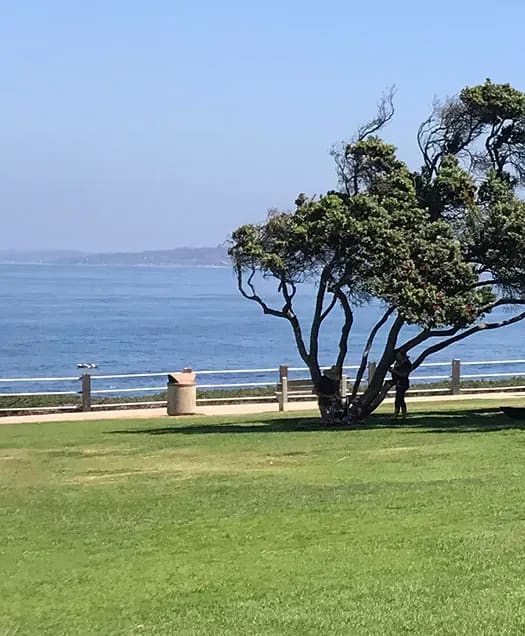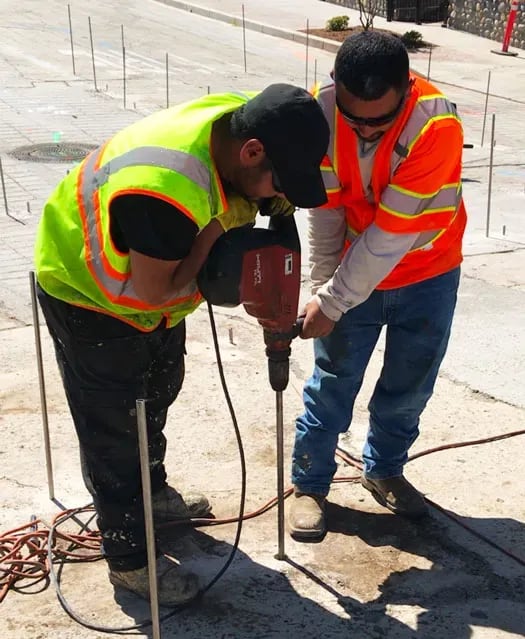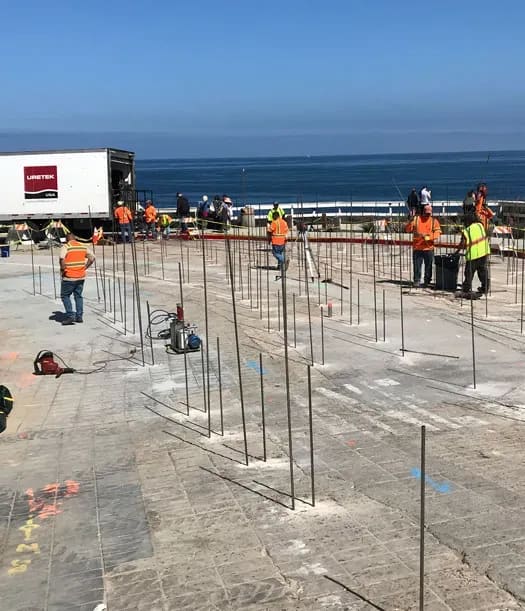Emergency Coastal Restoration in La Jolla, California
Problem
California’s coastal areas are among the most beautiful in the world and are the focus of much of the state’s tourist activity. However, like all coastal areas, California’s Pacific shoreline is part of a living ecosystem that constantly changes over geologic time. A recent tragedy involving a bluff collapse and the death of three women in Encinitas, California was fresh on the minds of Californians when inspectors in La Jolla discovered sections of the ceiling in Cooks Crack, a well-known cave located directly beneath the city’s main tourist district, beginning to break apart and fall. Once again, the coastline was changing, and without an intervention of some sort this time the consequences could be much more dire. The situation was declared an emergency, and amid widespread press coverage and grave concern within the local business community, city officials called URETEK.
Analysis
Tidal forces over time had slowly changed the coastline in La Jolla. Cooks Crack developed a prominent fault line that was trending toward an imminent collapse within the cave, which would open a dangerous sinkhole within the heart of La Jolla’s tourist district immediately above. To protect vehicular and pedestrian traffic, as well as local businesses, city officials took the recommendation of Terra Costa Consulting Group, which had recently completed a Coastal Erosion Assessment and Cave Solution Feasibility Analysis. A two-phase plan was initiated, and city officials asked URETEK to mobilize immediately.
Solution
The Cook’s Crack stabilization project was executed in two phases. Phase one involved URETEK Deep Injection® (UDI) from above, at various depths, starting at the center of the affected area immediately above Cook’s Crack. Crews conducted Dynamic Core Penetrometer (DCP) testing to determine the characteristics of the rocky soil below the surface, and then began injecting structural polymer at multiple depths, feathering out the injection as they moved away from the center of the grid. Phase two would involve work below, where a temporary dam would be placed at the mouth of the cave while workers removed the water and filled the faults and voids within the cave with cementitious slurry. With hopes for a textured cliff face surface to match the surrounding waterfront, and safe, stabilized roads and sidewalks above, city officials enacted the plan.
Result
URETEK crews mobilized within three days and completed work four days ahead of schedule. Following UDI, the entire work area was fully stabilized, with stiffened foundation soils and an integrated foundation between soil and rock. All work was completed with little disruption to the community, even as visitors and local residents continued to enjoy the views. As Phase two of the project began, city administrators knew the immediate danger had passed.
URETEK Deep Injection® (UDI)
Widely referenced throughout our industry, UDI involves the injection of structural polymer into base and sub-grade soils to increase the load bearing capacity. This is achieved by injecting the polymer through small holes drilled directly through the pavement structure to depths determined by site-specific analysis. Our URETEK 486 Star® material flows easily into voids and weak zones within the soil mass below. Through a controlled chemical reaction, the expanding polymer compacts surrounding soils and applies a controlled pressure on targeted areas of the affected pavement above. If needed, a multi-injection design plan is utilized to gently return the pavement to its original grade. The composite material quickly cures into a strong, dimensionally stable, and water-resistant geo-material, providing years of reliable service.
URETEK 486 Star®
URETEK 486 Star® polymer is a two-component, high-density, expanding thermoset polyurethane system. It was developed to be the ideal solution for under-sealing, void filling, lifting of settled pavement, stabilization and stiffening of weak soils, and for encapsulating and sealing buried infrastructure. URETEK 486 Star® is environmentally inert, non-toxic, and resists underground water erosion or weakening due to its industry-leading hydrophobic properties.


